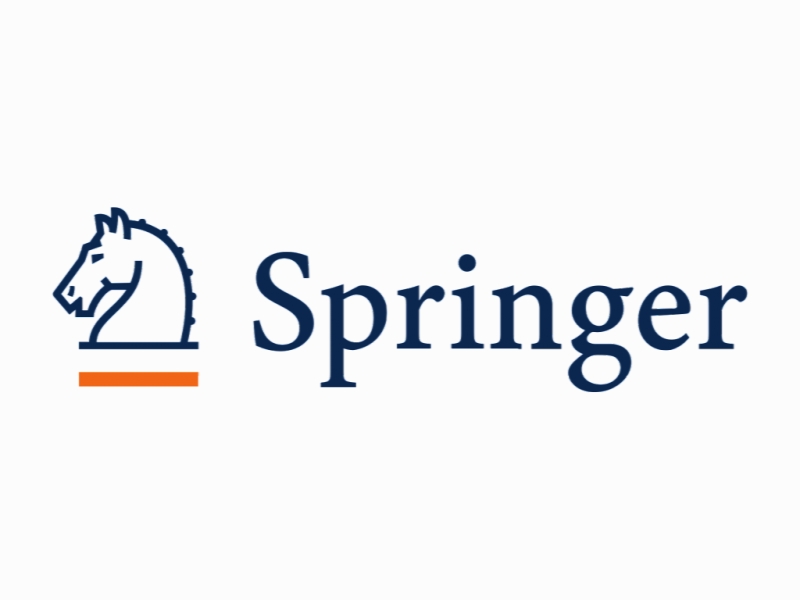مدل مذاکرات بهینه سازی طراحی توزیع سود با نگرانی های منصفانه در پروژه های ساختمانی Negotiation Model of Design Optimization Profit Distribution with Fairness Concerns in Construction Projects
- نوع فایل : کتاب
- زبان : انگلیسی
- ناشر : Springer
- چاپ و سال / کشور: 2018
توضیحات
رشته های مرتبط مهندسی عمران
گرایش های مرتبط مدیریت ساخت
مجله KSCE مهندسی عمران – KSCE Journal of Civil Engineering
دانشگاه Hohai University – Business School – Nanjing – China
شناسه دیجیتال – doi https://doi.org/10.1007/s12205-017-0190-0
منتشر شده در نشریه اسپرینگر
کلمات کلیدی انگلیسی construction project, design optimization, profit distribution, fairness concerns, negotiation model
گرایش های مرتبط مدیریت ساخت
مجله KSCE مهندسی عمران – KSCE Journal of Civil Engineering
دانشگاه Hohai University – Business School – Nanjing – China
شناسه دیجیتال – doi https://doi.org/10.1007/s12205-017-0190-0
منتشر شده در نشریه اسپرینگر
کلمات کلیدی انگلیسی construction project, design optimization, profit distribution, fairness concerns, negotiation model
Description
1. Introduction Engineering design is considered the soul of engineering construction projects because it determines the cost, quality, and even the operation benefit of the project (Knotten et al., 2015; Shrestha and Mani, 2014). With the increasing complexity of engineering project, design management is becoming increasingly important (Koskela et al., 2002; Ahadzie et al., 2014). Design optimization is a critical content of design management and an effective approach to as well reduce projects cost (Kuprenas, 2003). Generally, engineering design is divided into preliminary and detailed designs (Ertas and Jones, 1996; Pahl et al., 2007). The task of preliminary design is to determine the main project content and implementation scheme. Furthermore, the detailed design (bidding design, construction drawing design) refines the preliminary design to meet the needs of the engineering construction bid and the construction. In the preliminary design process, engineering design is generally optimized through scheme comparison. However, the complexity of project and the uncertainty of construction conditions limit the optimization depth of the preliminary design. With the deepening of engineering survey work, a large space for optimization still exists in the detailed design process. Furthermore, the professional fees of engineering designs are generally positively related to the project cost (Shrestha and Man, 2015), making it difficult to motivate the designer to optimize the project. Thus, it is one of the urgent challenges for the owner in engineering design management that determining strategies to create an incentive mechanism for engineering design optimization in order to motivate the designer in optimizing project. This topic is generally addressed through principal–agent theory (Smith et al., 2002; Ekanayake, 2004), contract theory (Bolton and Dewatripont, 2005), and game theory (Rasmusen, 2007). On the question of engineering optimization incentive, Tang and Wei (2011) studied the incentive mechanism of engineering design optimization based on principal–agent theory. Similarly, on the value chain perspective, Shen and Wang (2013) used Stakelberg game theory to investigate the incentive problems in optimizing a green building design. Meanwhile, based on game theory, Wang et al. (2014) examined the incentive mechanism of design optimization in hydraulic engineering. As a matter of fact, engineering design optimization incentive is a problem in optimization profit distribution. Profit distribution is difficult to determine when the design contract is signed, which can only be solved through negotiation during encounters with design optimization events. Negotiation is an important research field in management science (Brett and Thompson, 2016), and it can aid in flexibly and speedily reconciling areas of disagreement (Yousefi et al., 2010; Zhang et al., 2016). Furthermore, engineering management practice is constantly accompanied by many negotiations (Murtoaro and Kujala, 2007), and several studies tackle project negotiation problems. Yuan and Ma (2012) established a bargaining game model of project claim by considering the time value of money. Based on Bayesian theory, Leu et al. (2015) studied the problem of game negotiation in engineering procurement. Xue et al. (2009) employed the relative entropy method to measure the consensus degree between the negotiators and established an efficient negotiation model of a construction supply chain. Yiu et al. (2011) and Yiu and Lee (2011) established a negotiation model of engineering dispute settlement and analyzed the influence of the negotiator’s strategy on negotiation outcomes. Based on cusp catastrophe theory, Chow et al. (2012) analyzed the influencing factors and formation mechanism of withdrawal in a construction project dispute negotiation.


